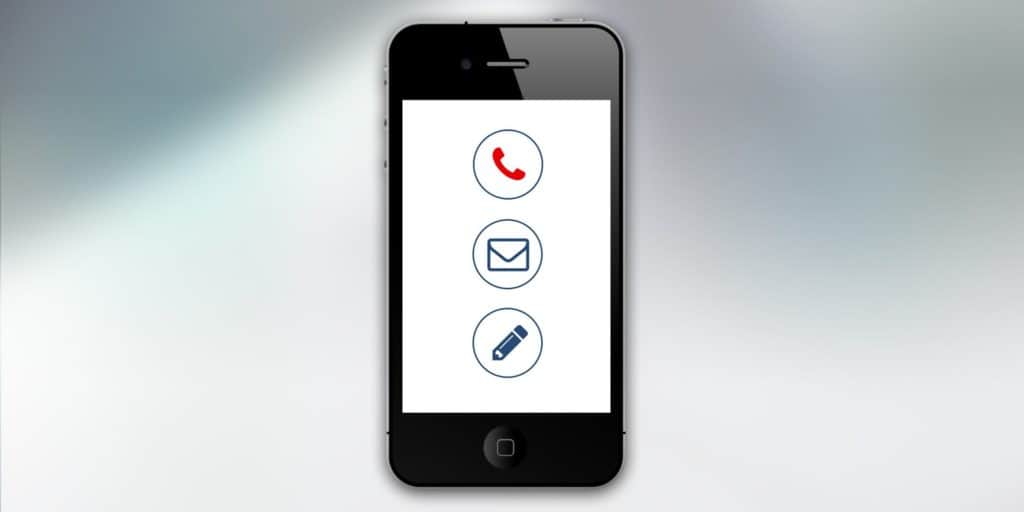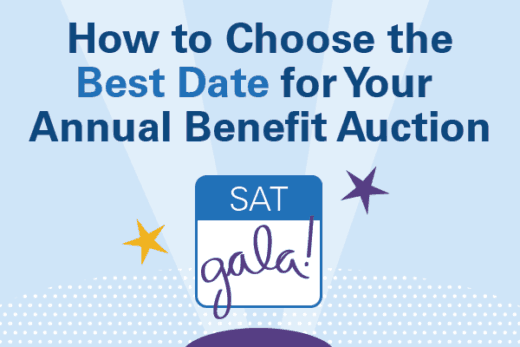
A well-attended, profitable fundraising event takes time to build—sometimes years go by before it generates a significant portion of an organization’s income.
A long-term donor relationship also takes time to develop. Someone who gives to the organization regularly, who anticipates every fundraising event with excitement and loves to get involved is a donor who’s been carefully nurtured and cultivated.
Sounds like a lot of effort, right? But cost-for-benefit, a long-term donor is more valuable than a one-time donor. Recruitment and solicitation all cost money; nurturing an existing donor takes more time, but it’s more profitable.
You can start building those profitable long-term relationships right away, with your very first fundraising event. Annual events are a great way to meet potential donors, and cultivate them over the succeeding years.
Build Your Guest List
Of course, a benefit auction is primarily about fundraising. But it’s also an experience—for example, a dinner with great people and lively entertainment. Events are a fantastic way to court new supporters, and get people involved who might have been on the fence. They’ll learn about all the great things you do in a fun and social environment.
When you’re hawking tickets to new potential guests, frame your ask around the experience rather than asking for money.
TIP: Someone who’s just a “supporter” of your mission now can become a “donor” later. Of course fundraising is critical—but try not to focus too hard on what a guest can do for you now. It’s a long game! Maybe they don’t donate right now, but give them a chance to get involved and stay involved, and they may donate down the line.
Inspire New People
Most first-time events are funded and filled by a few generous sponsors. Sometimes event organizers worry that those complimentary sponsor guests won’t engage in the auction or the paddle raise—that they’re just there for free dinner and entertainment.
But that can actually make an event the perfect environment for bringing in new donors. Those new people are already in the room eating and enjoying themselves, making them a captive audience for your message and your story!
Ensure your program includes a captivating and emotional introduction to your mission and message. What drives you? Showcase the great work you do, and the impact you’ve had on your community. Give concrete examples of how your supporters (whether financial donors or volunteers) have made it all possible.
Include lots of photos and videos to make it feel real. Be inspiring!
Let Everyone Get Involved and PRACTICE Supporting You!
So what about the money? That’s the point, after all.
Those guests who simply got a free meal and entertainment can still be convinced to support you.
In addition to your big-ticket items and high-dollar paddle raise, make sure to offer entry-level opportunities for people to support the organization.
- Include inexpensive auction items so more people can “win” and walk away with an item.
- End your paddle raise with a small contribution amount—like $10—so anyone can afford to pledge.
- Raffle off an appealing prize, and make raffle tickets affordable and easy to buy. (If you want to sell raffle tickets for more money, offer a second, bigger prize and hold two raffles!)
- Offer small one-time purchases that still financially support you. Here are some great ideas we’ve seen:
- A glass of special champagne
- A photo op with puppies
- Buying a homemade dessert for their table
- Purchasing an attractive centerpiece
Philanthropy is a habit that can be taught! Show all these new people how easy and fun it is to support you, and train future givers in the process.

And be sure to use each of those engagement points to collect your new guests’ information for future opportunities to get involved.
Follow Up
Not everyone will donate their first time interacting with your organization, even at a fundraising event (and even when given simple, low-cost opportunities). But don’t give up—great donors are relationships that develop over time and across many interactions. It often takes multiple touch points for someone to really become invested.
Follow up your event with other forms of outreach, preferably without asking for money. Give new contacts ways to help that doesn’t center dollars such as signing a petition, volunteering, showing up to a city council meeting or calling their senator. These acts don’t cost anything, and small acts of advocacy lead to caring more about the issue—and by extension, your organization.
